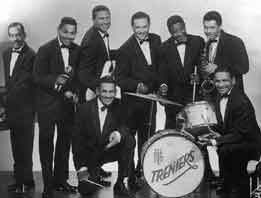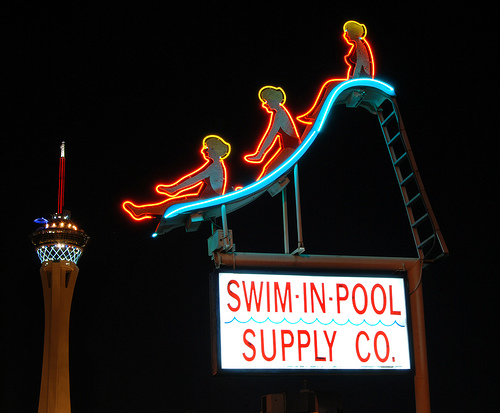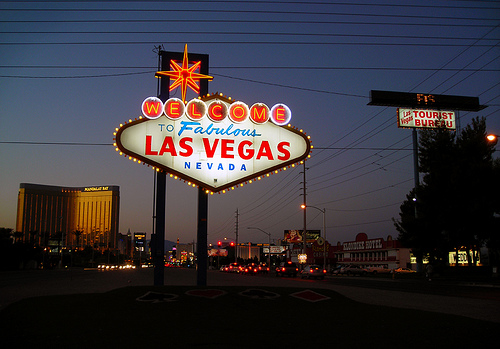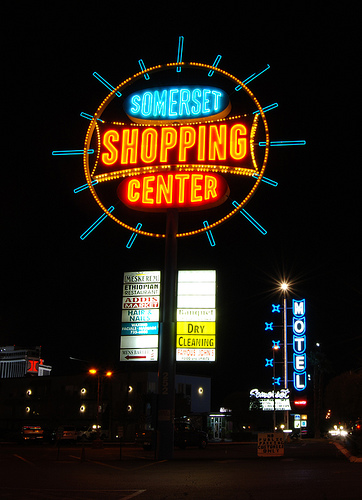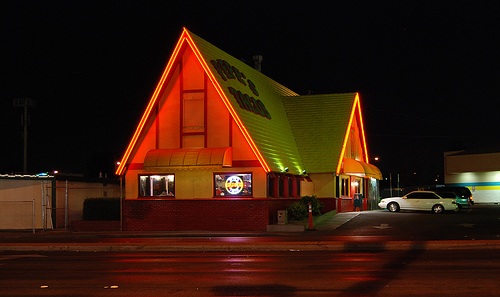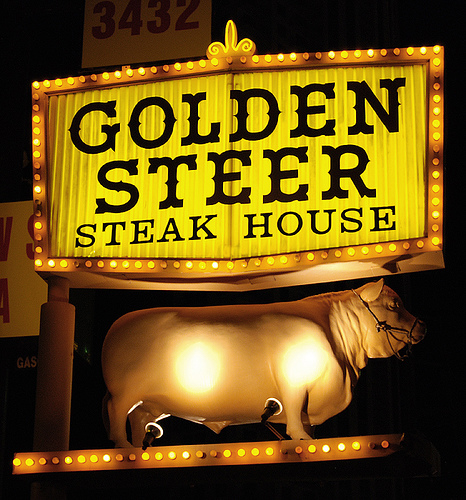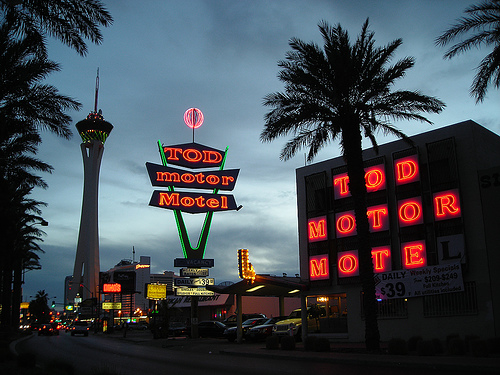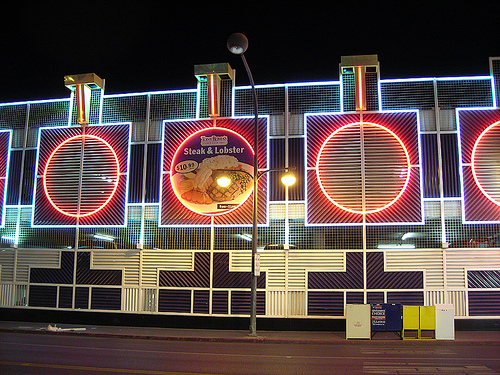One of my favorite people is Dr. Michael Green. He teaches history at the College of Southern Nevada, he's a familiar face to my Untold Stories class, is one of my go-to guys when I need a historic question answered and is just a terrific guy.
He is also our inaugural guest for a new feature here at Classic Las Vegas. I will be interviewing various history and cultural gurus in Las Vegas right here.
Dr. Mike was kind enough to help me kick this new feature off.
So, without further ado here's Dr. Mike:
1) Why do you enjoy teaching Las Vegas history?
Besides teaching Las Vegas history—and general surveys—I specialize in the Civil War era. I would love to interview Lincoln or someone who knew him fairly well, but that doesn’t seem possible. But in Las Vegas, the people who made the history are here or one generation removed, and that adds an excitement and interest level for me and, I think, for others.
Also, to refer to my example, while there remains a great deal we do not know about the Civil War era, we know a lot. I always find it more interesting to study something not very well known to try to learn more about it, and so much of Las Vegas’s history is uncharted territory. Also, it is right here, waiting for us. I like to think of myself as being a public servant, and I think we serve the public when we do research on our community’s history.
2) Which part of Las Vegas history do you think needs more of the spotlight?
Ha! Just about all of it! Even the Strip, which gets so much attention—how much do we know about the business operations and the entertainment history? We need to know a lot more about what went on here in the community at all times, and especially before the dam. There have been some good studies of the broader Las Vegas community, but we need a lot more specialized work on everything from women to religion.
3) Which is your favorite era of Las Vegas history and why?
If you asked me another day, my answer would be different. To turn it around, I would find it fascinating to have been here when the Stewarts and Kiels were about the only ones around in the late nineteenth century and see just what was really going on. But I incline toward the 1950s: interesting people with interesting backgrounds, the Strip and downtown expanding, growth fast but reasonable, political change, incredible entertainment, and a civil rights movement really ramping up.
4) What is the significance of Las Vegas before WWII and in the post-war era?
Do you have a year for me to answer? Before World War II, Las Vegas wasn’t terribly significant. It was a pit stop and a small tourist town between Los Angeles and Salt Lake, dependent on the railroad first for jobs in its repair shops and then, when the railroad moved the shops, on tourists coming through on the train or via the old highway. Not that that era isn’t worthy and in need of further study, but Las Vegas didn’t matter yet on a regional and national—even international—scale in the way that it would and does. I think the era is incredibly valuable for us to examine for harbingers of what was to come, locally and nationally.
As for the postwar era, in 1994, Time proclaimed Las Vegas “the all-American city.” At about the same time, Marc Cooper did a great piece in The Village Voice about how Las Vegas operated, and it was far less, shall we say, glamorous than Time’s version.
I think that Las Vegas is in some ways symbolic of postwar America: a greater movement toward leisure and instant gratification, thanks partly to social changes (suburbanization, different mores and morals) and partly to inventions that make them possible (computers and jet airplanes). Las Vegas also is a fascinating way to look at the evolution of entertainment: showrooms used to resemble the Ed Sullivan show, which resembled vaudeville.
Now, with shorter attention spans, we have one-person shows with lots of bells and whistles or Cirque shows that are not in themselves star vehicles but sometimes are related to stars and/or use those bells and whistles.
5) What are your thoughts on the "Casino" the movie and myth vs. reality?
Let’s start with the point that “Casino” is a marvelous film, as film. It also does a very good job of conveying its time or milieu. Martin Scorsese and Nicholas Pileggi captured the aura of the time. The problem is that it’s terrible history.
For storytelling purposes, they combined several politicians into one, made Ace Rothstein look far abler than Lefty Rosenthal actually was (understandable when you have Robert DeNiro in the lead role), and attached far more significance to the affair between Joe Pesci’s and Sharon Stone’s characters than it actually had.
The reality is that the mob’s fall here had a lot more to do with federal and state investigations, which don’t transfer well to the screen, and Rosenthal’s incredible arrogance, best displayed in his confrontation with then-Gaming Commission chairman Harry Reid and his abominable television show.
6) Is the "Green Felt Jungle" a good book on the mob if so, why or why not?
My answer is yes and no. As with most books in that genre, Ed Reid and Ovid DeMaris have a lot of good information but are more interested in heat than in light. Also, a significant amount of the book is stuff that Reid reported in the Las Vegas Sun nearly a decade before—the Thunderbird case. But it has a lot of useful, interesting information, and it’s certainly a good read.
Thank you Dr. Mike!
